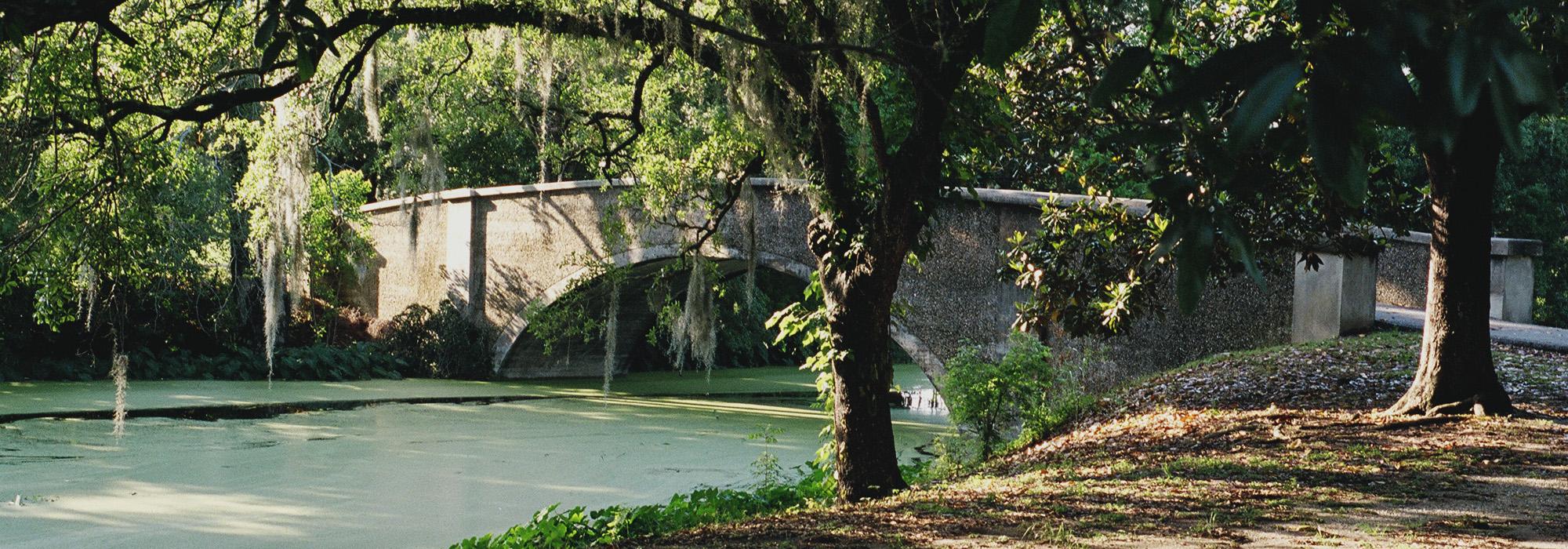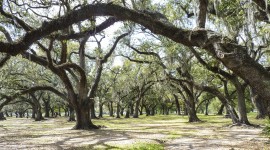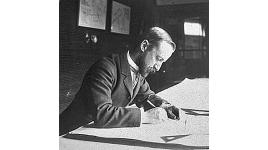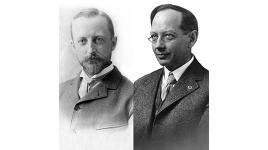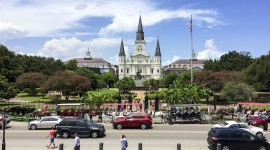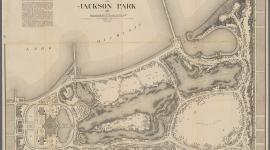New Orleanians to Vote on Park Millage
On May 4, 2019, the City of New Orleans and the New Orleans City Council will present voters with a plan that, if approved, would redistribute public funding among the city’s four park agencies—City Park, the Audubon Commission, the New Orleans Recreation Development Commission (NORDC), and Parks & Parkways. The new adjusted millage, which would not entail a tax increase for residents, would redistribute funds and allow New Orleans City Park, a state agency, to receive public funding for the first time in its 150-year history. This four-way tax split means that the Audubon Commission’s annual funding would be reduced from $10.92 million to $6.59 million; NORDC’s annual funding would increase from $4.95 million to $ 6.59 million; Parks & Parkways annual funding would increase to $6.08 million; and the City Park would receive $2.06 million per year. The New Orleans Park System is underfunded, and agencies have turned to privatizing portions of public parkland to meet maintenance costs.
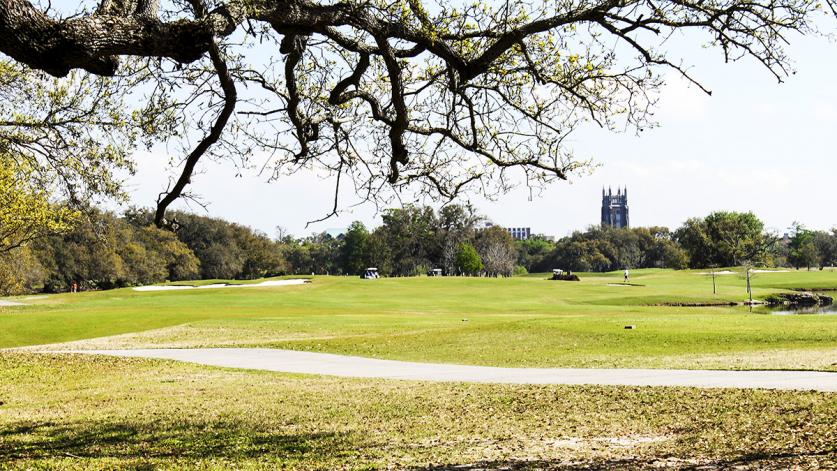
The city also plans to enter into a Cooperative Endeavor Agreement (CEA) with the four park entities, which would require millage recipients to coordinate their ongoing management responsibilities. The move heralds the first time in the city’s history that parks would receive general funding with coordinated management. The CEA also requires a professional, citywide parks-and-recreation master plan to be produced by a third-party with national park-planning experience. Park advocates have hailed this as a significant move that aligns with public opinion. In 2014 voters overwhelmingly rejected a new millage intended to support the Audubon Zoo, aquarium, and other facilities, with opponents arguing that additional tax revenues to support facilities accessible only through prohibitive entry fees (zoo admission for a family of four costs approximately $80) would be bad public policy. Some 83.2% of the 340-acre Audubon Park has already been developed for commercial and pay-to-play recreational purposes.
The 1,300-acre City Park has historically received only minimal funding from a state tax on slot machines at the nearby Fair Grounds, meeting 90% of its annual $20 million budget by renting portions of the park and from tennis, golf, and soccer fees. In April 2017 Bayou Oaks, a “full-service golf complex” comprising a 36-hole golf course, driving range, practice area, and clubhouse opened in the park. The course was considered “vital to the park’s bottom line,” and to build it, 5.5 acres of Couterie Forest, an enclave of trails, natural vistas, and native trees, were cleared away. Although City Park became part of a regional strategy of ‘green infrastructure’ to manage and retain stormwater In the wake of Hurricane Katrina, it has since been occupied by the 52,000-square-foot Louisiana Children’s Museum. As the non-profit Nola Parks For All noted, there is no guarantee that the present millage proposal, if passed, would bring the monetization of green space in the city to an end, but it is nonetheless a step in the right direction.

TCLF enrolled Audubon Park and City Park in its 2017 Landslide program: Open season on Open Space when it was alerted to the repeated attempts of park agencies, including the City Park Improvement Association, to commercially develop swathes of public parkland. This push for privatization is symptomatic of the chronic underfunding of the city’s parks system.
Both Audubon Park and City Park were developed in tandem with the City Beautiful movement. The former was once the site of a sugar plantation purchased by the city in 1871 and housed a large Victorian-style conservatory, gardenesque flower beds, and allées of live oaks. In 1898, John Charles Olmsted, of Olmsted Brothers, was hired to transform the swampy, divided flatland into a park. Although Audubon Park still reflects much of the Olmsted Brothers plan, a zoo has been added and the original golf course has been reconfigured. City Park also evolved from a plantation and remained overgrown until 1891, when Victor J. Anseman formed the City Park Improvement Association, which developed the park and continues to manage it today. Among the largest urban parks in the United States, the landscape houses the New Orleans Museum of Art (1911); the Carousel Gardens Amusement Park, listed in the National Register of Historic Places; the Peristyle, Popp Bandstand, Casino Building (1906-1917); and a golf course modified ca. 1922.



